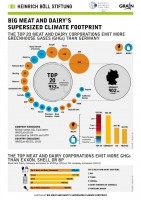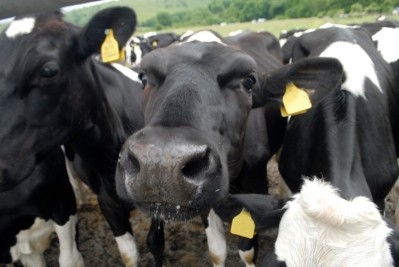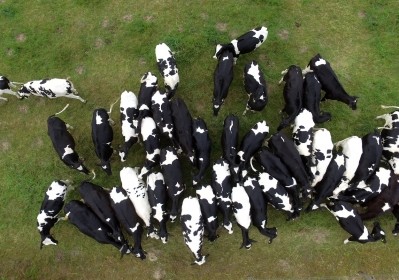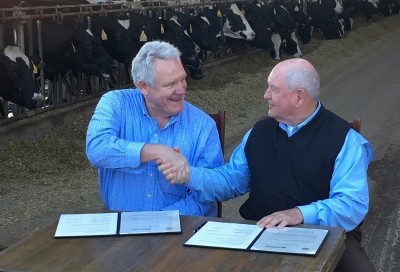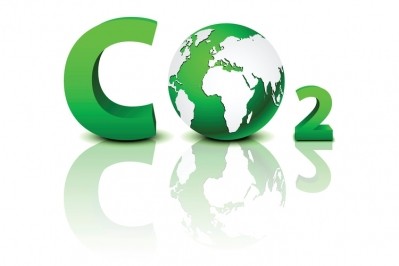Dairy industry disputes GRAIN report on global GHG emissions
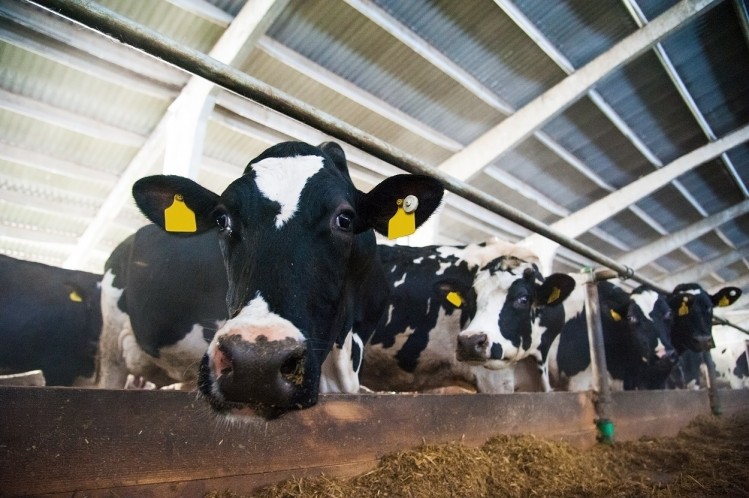
The emission findings were part of a report by GRAIN and the Institute of Trade Policy (IATP), which listed the top 20 meat and dairy companies, who together contributed more GHGs than all of Germany as well as the world’s largest oil companies including Exxon, BP, and Shell.
The global dairy sector contributes 4% to global GHG emissions with an estimated 2.7% coming from global milk production, processing, and transportation, according to a report conducted by the FAO in 2007. However, newer research has shown that GHG emissions such as atmospheric methane have risen rapidly since 2007, according to a 2016 study published in the International Journal of Science.
“We have estimated corporate emissions from livestock, using the most comprehensive methodology created to date by the UN’s Food and Agriculture Organization (FAO),” the organizations said.
“If these companies were a country, they would be the world’s 7th largest greenhouse gas emitter.”
DairyReporter reached out to the top 10 dairy companies cited as the top GHG emitters (listed in order of amount of GHGs emitted): Dairy Farmers of America, Fonterra, Lactalis, Arla, Nestlé, FrieslandCampina, Dean Foods, DMK, California Dairies, and Saputo.
However, only five companies responded after repeated requests for comment with Dean Foods saying that they “do not have anything to add.”
GRAIN believes that the solution to reducing GHGs is an industry-wide transition from “factory farming and agribusiness” to small-scale producers and local food systems that provide moderate production level of meat and “do so in a way that regenerates soils, provides livelihoods to rural and urban communities and makes crops and animals resilient to the vagaries of an unpredictable climate.”
‘We believe dairy is healthy and sustainable’
FrieslandCampina, Fonterra, and Arla have all refuted the GHG emission amounts calculated by GRAIN, claiming that the conversion factor used in the report is inaccurate.
According to FrieslandCampina, the emissions factor should be 1.24 instead of 1.58, translating into a 40% lower carbon footprint (12.47Mt vs. 20Mt). Similarly, Fonterra said GRAIN’s average emissions factor estimate is more than double the amount used by the New Zealand dairy industry.

“The perceived and proposed narratives in the Grain-report are not our reality. In other words we do not recognize ourselves in the FrieslandCampina figures presented in this report,” FrieslandCampina director of corporate communications, Jan-Willem ter Avest told DairyReporter.
“We believe that dairy is healthy and sustainable,” ter Avest continued.
“Very little environmental benefit is achieved by substituting dairy in the average Dutch diet. This is because dairy, as a source of necessary nutrients, is as environmentally efficient as the product combinations that are needed to replace it.”
FrieslandCampina added that it is aware of how dairy production affects the environment and has a multidisciplinary sustainability strategy, route2020, which aims to achieve climate-neutral growth by reducing the use of scarce materials (e.g. water, raw materials, and fossil fuels).
Global dairy producer Arla Foods told DairyReporter it also tracks and publishes its emissions and that it falls below the global average calculated by the FAO of GHGs of 2.6kg CO2e per kg milk.
“The comparable number for Arla Foods is only 1.4 kg CO2e,” Arla Foods said in a statement.
“The report claims that few dairy companies calculate or publish their climate emissions, which is clearly not the case for Arla Foods that has transparently published our emissions for many years.”
GRAIN counter response
GRAIN and IATP said it based its calculations off of the most up to date metrics (released in 2010) provided by the FAO under its Global Livestock Environmental Assessment Model (GLEAM).
“From what we understand, the FAO’s model was developed in close partnership with the dairy industry, particularly the International Dairy Federation,” Devlin Kuyek of GRAIN and Juliette Majot of IATP said in a joint statement to DairyReporter.
“The emissions factors used by Fonterra, FrieslandCampina and Arla are indeed less than the emissions factors provided by the FAO's GLEAM for their regions of production,” they continued.
Kuyek and Majot added that recent data released by GRAIN and IATP will be part of a larger report published in 2018, which will go provide more detail on how the meat and dairy industries are confronting the climate crisis as it relates to GHGs emissions.
“Without detailed information from these companies explaining how they arrived at their estimated emissions factors, it is not possible for us to assess why the emissions factors they use are so much lower than those determined by the FAO.”
How dairy is taking action
A number of dairy companies acknowledged that GHGs are a reality of the industry but that they are working to reduce their environmental impact with long-term sustainability strategies.
“Dairy farming does account for a significant proportion of global greenhouse gas emissions,” Francesca Eggleton, group environment manger, Fonterra, told DairyReporter.
“That’s why Fonterra is taking action where we can, including changing on-farm practices, investing in mitigation technologies, and working with the government to achieve New Zealand’s Paris Agreement commitments.”
Dairy Farmers of America, told DairyReporter that as a dairy cooperative with over 13,000 members, one of its core focuses is producing dairy products through sustainable practices.
“As an industry we are looking at ways to help reduce greenhouse gas (GHG) emissions for fluid milk,” David Darr, president of farm services and vice president of sustainability at DFA, said.
Some solutions revolve around reducing on-farm carbon emissions through research on methane vaccines and inhibitors as well as low-emission feed that produces low emissions in dairy cows.
“We also have a target of net zero emissions for our global operations by 2050, with a 30% reduction by 2030 from a 2015 baseline,” Fonterra said.
“At a local level we are providing farmers with support to understand their emissions and how to identify efficiency opportunities, as we work towards a target of climate neutral growth to 2030 for on farm emissions from a 2015 baseline.”
On the FrieslandCampina side, the company offers its dairy farmers a €10 bonus for each ton of reduced CO2 emissions achieved as part of its route2020 goals.
“One of the projects to achieve this is manure monofermentation at farm level. Manure monofermentation contributes to the reduction of the emission of greenhouse gases in two ways, being by reducing the methane volume on the one hand and by generating green energy on the other,” ter Avest said.
FrieslandCampina also mentioned that progress must come from a collaborative approach as well such as the “Sustainable Dairy Chain” initiative that involves multiple Dutch dairy companies and farmers who are working to develop an environmentally-responsible and sustainable dairy sector.
“The Sustainable Dairy Chain makes substantial efforts to improve on all sustainability issues it has prioritized and set targets on. On a number of issues, this is resulting in strong progress,” ter Avest said.
“We need to work together with other companies.”
